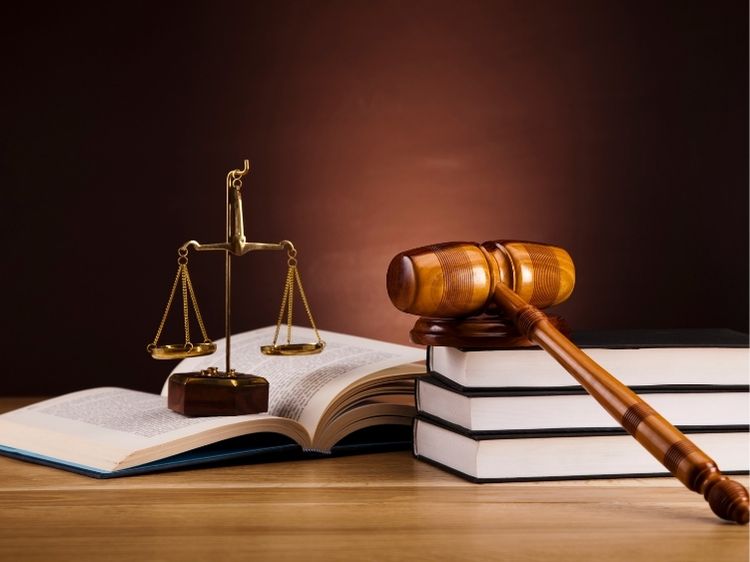Understanding Liability for Negligence: A Comprehensive Guide
Negligence—just the word alone sounds intimidating, doesn’t it? Whether you’re a business owner, a professional, or an everyday individual, understanding the concept of liability for negligence is crucial. It’s not just about being aware of what negligence is but also about grasping the legal responsibilities that come with it. So, let’s dive in and break down this complex topic into bite-sized, easy-to-digest pieces.
What is Negligence?
Negligence, in its simplest form, refers to the failure to take reasonable care to avoid causing injury or loss to another person. But when does this failure turn into liability? That’s the big question.
When someone is negligent, they don’t mean to cause harm, but their carelessness or lack of attention can lead to unintended consequences. If these consequences result in damage or injury, the negligent party may be held liable. Liability for negligence hinges on a few key elements, which we’ll explore in the following sections.
Key Elements of Negligence
For someone to be held liable for negligence, certain elements must be proven. These elements form the backbone of any negligence claim:
- Duty of Care: The first step is to establish that the defendant owed a duty of care to the plaintiff. This means that the defendant was required to act in a certain manner to avoid causing harm to others. For example, a doctor owes a duty of care to their patients.
- Breach of Duty: Next, it must be shown that the defendant breached this duty of care. This breach occurs when the defendant fails to meet the standard of care expected in the given circumstances.
- Causation: Simply breaching a duty isn’t enough. It must be proven that the breach directly caused the injury or damage. This is known as causation, and it’s often one of the most challenging elements to establish.
- Damages: Finally, the plaintiff must have suffered actual harm or damage as a result of the breach. This could be physical injury, financial loss, or emotional distress.
These elements must all be present for a negligence claim to succeed. Without them, the claim falls apart like a house of cards.
Common Examples of Negligence
Negligence can manifest in various ways across different contexts. Let’s look at some common examples where liability for negligence might arise:
- Medical Negligence: A doctor fails to diagnose a condition that a competent doctor would have identified.
- Car Accidents: A driver runs a red light and causes a collision, resulting in injuries.
- Slip and Fall: A property owner fails to repair a broken stair, leading to a visitor’s injury.
- Product Liability: A manufacturer releases a defective product that harms a consumer.
In each of these cases, the negligent party failed to act with the level of care expected in the situation, leading to liability.
The Legal Consequences of Negligence
Now that we’ve covered what negligence is and how it can occur, let’s talk about the consequences. When someone is found liable for negligence, they can face various legal repercussions. These consequences can include:
- Compensation: The negligent party may be required to compensate the victim for their losses. This compensation can cover medical expenses, lost wages, pain and suffering, and more.
- Punitive Damages: In some cases, the court may award punitive damages. These are intended to punish particularly reckless behavior and deter others from engaging in similar conduct.
- Injunctions: A court may issue an injunction, requiring the negligent party to take certain actions or refrain from specific activities to prevent further harm.
The specific consequences depend on the severity of the negligence and the harm caused.
Defenses Against Negligence Claims
Being accused of negligence doesn’t automatically mean you’re liable. Several defenses can be raised against negligence claims, including:
- Contributory Negligence: The defendant may argue that the plaintiff was also negligent and contributed to their injury. In some jurisdictions, if the plaintiff is found to be even partially at fault, they may be barred from recovering damages.
- Comparative Negligence: Similar to contributory negligence, but in this case, the plaintiff’s damages are reduced by their percentage of fault rather than being completely barred.
- Assumption of Risk: The defendant may claim that the plaintiff knowingly and voluntarily assumed the risks involved in a particular activity, thereby waiving their right to sue for negligence.
- Statute of Limitations: If too much time has passed since the injury occurred, the defendant may argue that the statute of limitations has expired, and the plaintiff can no longer bring the claim.
Each of these defenses can significantly impact the outcome of a negligence lawsuit.
FAQs on Liability for Negligence
Q1: Can you sue someone for negligence without being injured?
No, you typically need to prove that you suffered actual harm or injury due to the other party’s negligence to have a valid claim.
Q2: What’s the difference between negligence and gross negligence?
Negligence refers to a failure to exercise reasonable care, while gross negligence is a more severe form of negligence, involving reckless disregard for the safety of others.
Q3: How long do I have to file a negligence claim?
The time limit to file a negligence claim varies by jurisdiction, but it’s generally governed by a statute of limitations, often ranging from 2 to 6 years.
Q4: What is ‘duty of care’?
Duty of care is a legal obligation requiring individuals to act in a manner that avoids causing harm to others. It’s the first element that must be established in a negligence claim.
Conclusion
Liability for negligence is a cornerstone of civil law, holding individuals and entities accountable when their actions—or inactions—cause harm. Understanding the elements of negligence, the common scenarios where it applies, and the defenses available can empower you to navigate these legal waters confidently. Whether you’re seeking to avoid being negligent or need to hold someone accountable for their negligence, knowledge is your best tool.

